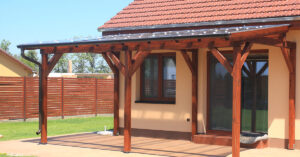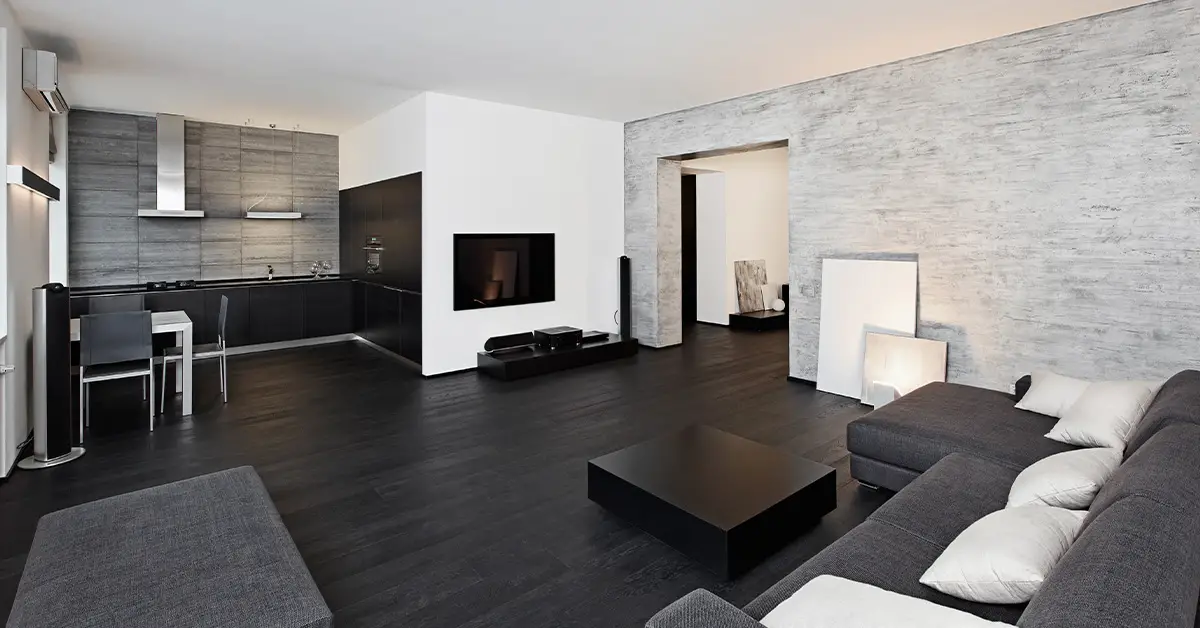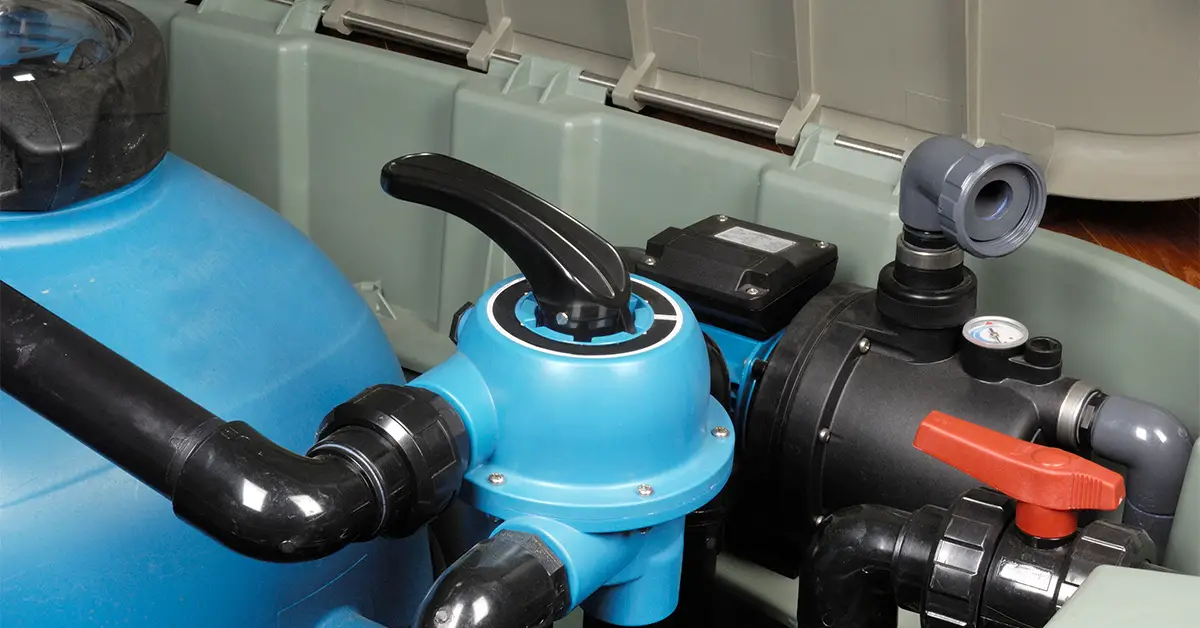Every time you return home, there it is again. It’s taking over your space, and you can’t seem to escape it. In fact, you’re nearly having nightmares about it.
This monster taking over your home is your laundry.
And if you’re living in an apartment, you may feel like your laundry is taking over your space, as well as your life. This is especially common if you have no dryer and must resort to air-drying clothes indoors.
Thankfully, there are several ways to maximize your space to make air-drying a breeze.
To air-dry laundry in a small apartment, you’ll first need to prepare items to hang and lay laundry on to dry, as well as designate one or two drying spots. You must also keep your space well-ventilated and take precautions, such as giving laundry plenty of space when drying, to avoid unwanted odors.
Read on for our simple and practical tips for indoor clothes drying.
Table of Contents
Benefits of Air-Drying Laundry
If your apartment doesn’t come equipped with space for a dryer, you may have no choice but to air-dry your clothes. This can add an extra time-consuming step to your chores, but there are several benefits that may make air-drying laundry worth it.
Perhaps the biggest advantage of skipping the clothes dryer is that you save energy and money. In fact, dryers are one of the least energy-efficient household appliances. To put it in perspective, using a dryer for two hours is comparable to watching TV for a week.
Air-drying laundry is also better for fabrics than drying them in a clothes dryer. Clothes dryers can cause unnecessary wear-and-tear to garments. Delicate clothes especially can be damaged or misshapen when dried in a dryer.
Clothes dryers are also more likely to shrink laundry compared to air-drying.
To keep clothes fresh and feeling new for years to come, and to save on energy costs, air-drying may be worth the time and effort required.
Equipment and Items Needed to Air-Dry Laundry
To naturally dry your clothes indoors, you’ll first need some basic items for air-drying.
One of the most basic items is a clothesline and hooks to attach the clothesline to. Though clotheslines are often used outdoors, they can also be strung up in indoor spaces.
Other compact options for hanging laundry to dry are foldable laundry “trees” and multi-tiered standing racks.
Some racks are also designed specifically for laundry that must be laid flat to dry, rather than for hanging laundry. There are types that can even be attached to walls and folded away to save space when not in use.
Be sure to also have extra hangers and clothespins available for attaching clothes to clotheslines or hanging from racks.
How to Make Space for Air-Drying Clothes
If you must dry your clothes in a small apartment, maximizing your space is essential. And it’s especially important to get creative if you have no outdoor space available.
To dry clothes indoors, start with your bathroom. Set up a standing drying rack in your shower, as long as the bathroom isn’t humid and has proper ventilation. You can also use your shower curtain rod: drape large items over the rod or hang individual articles of clothing on hangers.
If your bathroom has a towel rack, it can also be used for hanging and drying small laundry items.
Another ideal spot for air-drying laundry is near a window. Allow the sunlight to help speed up drying time, and use your window curtain rod to hang lightweight laundry.
When in a pinch, you can also drape large items on furniture in your home. For example, drape bed sheets over a dining table, or hang laundry over your washer. Keep in mind that some materials, such as wood, may warp when wet. Similarly, soft and porous materials (such as fabric sofas) may develop mold from wet clothes and should be avoided when drying laundry.
Finally, if you’re short on space, consider prioritizing quality over quantity. Do only one load of laundry each day to give each laundry item the space and time needed to dry completely in a small apartment. When each load is dried, promptly store it away, making space for the next load when needed.
Ventilation When Drying Laundry Indoors
Moisture from drying laundry indoors can breed mold in your home. But with proper ventilation, moisture and humidity can be kept under control in your apartment.
As you dry your clothes indoors, make sure to use an air conditioner or heater (depending on the season) to keep air flowing. A fan (whether a standing type or a ceiling fan) can also help move air and dry garments more quickly.
If you have built-in ventilation systems, such as a ventilation fan in your bathroom, this can also be a simple way to prevent dampness and mold from growing.
Another easy way to allow moist air to escape is by opening windows, particularly when the weather isn’t humid or rainy.
Preventing Odors When Drying Laundry
One of the most notable downsides of air-drying laundry in a small space is facing the possibility of having laundry that smells musty or like mildew.
Mildew, a type of mold, thrives on damp surfaces, like your wet laundry. And it can turn your load of freshly cleaned laundry into a smelly load of damp clothes when your garments aren’t properly dried.
Prevent mildew odors by keeping space between garments when hanging or laying to dry. Similarly, make sure that each item is spread out to allow for plenty of airflow throughout, without any bunching of the fabric.
Also, resist the urge to rush. Give clothes plenty of time to dry. Make sure laundry is completely dry, with no wet spots left, before folding and storing away.
If you’re still struggling with unwanted odors, try using a scented laundry detergent or fabric softener. You can also use candles and room fresheners in the room, which may leave a fresh scent on the fabric of your clothes.
Make the Most of Your Space—And Your Laundry
Air-drying clothes indoors can be a hassle, but it pays off by saving on utilities and by preserving your garments.
Use these tips to air-dry your laundry with the space you have, and you may find yourself excited to take on laundry day in your small apartment. For more on living in a small space, read this house size guide next!







